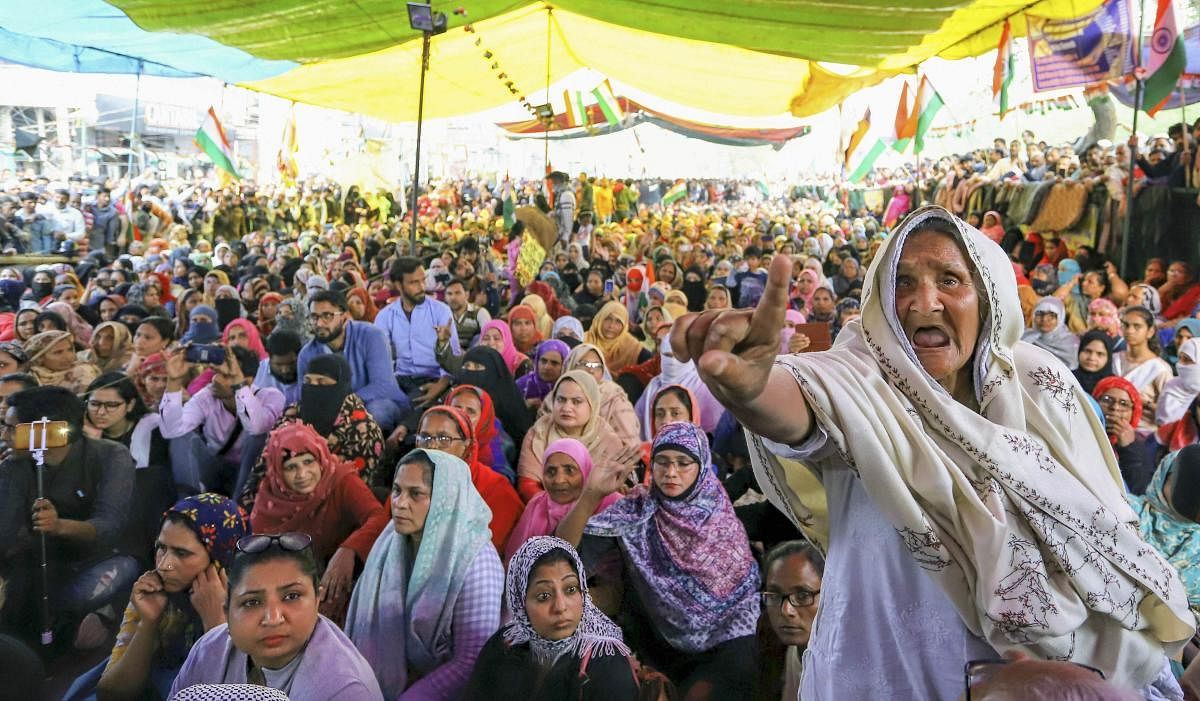
It is the political part of the Citizenship Amendment Act (CAA) rather than its pure legal aspect that is more significant. Therefore, it is unsafe and even unwise to wait for what the Supreme Court may say on the subject and to dispense with the peaceful protests during the interregnum. It is equally unwise for every serious political leader or civil rights activist or even a citizen, for that matter, to move the court with a blind sense of optimism. There is nothing like an abstract constitutional issue, for every constitutional issue is essentially political. As the scholar Granville Austin remarked, the Constitution on its own does not work, rather it is worked by citizens and governments. Professor Mark Tushnet rightly said: “People disagree about what our fundamental rights are, and no one really believes that whatever the Supreme Court says those rights are is the last word” (Why the Constitution matters, 2011).
Whether the Supreme Court has acted as the guardian of the Constitution during critical situations is a crucial question. When confronted with an aggrandising State, with a mighty executive and disquieting legislative majority, the top court often, if not always, failed to rescue the citizenry. It refused to strike down draconian legislations like the Terrorist and Disruptive Activities (Prevention) Act (TADA) and the Prevention of Terrorism Act (POTA). The rampant misuse of the Unlawful Activities (Prevention) Act (UAPA) remained judicially unchecked. The Armed Forces (Special Powers) Act also was not interfered with, despite its widespread misuse in the North-East. The most powerful Supreme Court in the world could not effectively prevent the detention of Kanhaiya Kumar, Sudha Bharadwaj or the like. More significantly, it remained “committed” to the power centres during the dark days of the Emergency.
The dark days are here again. When demonetisation was met with a legal challenge, the top court refused to stall the egregious folly, even though there were ostensible legal grounds to do that, and thereby the court allowed the resultant calamities to happen. The court had then referred the matters to a Constitution Bench. Such a Bench is yet to be constituted! It was not only for executive highhandedness, but for the judicial apathy as well, that the country had to pay a hefty price.
To put it bluntly, in the context of the CAA and the National Register of Citizens (NRC), litigation is not a democratic substitute for the praxis of peaceful agitation. No wonder that the TADA and the POTA were repealed by Parliament when the people of the country, and not the court, “declared” them as “unconstitutional” from the streets. It was an instance of peaceful democratic dissent correcting an arrogant and violent State. It marked the triumph of constitutionalism. The Constitution advances not invariably through the court; rather it flourishes from the streets.
The substitution of mass protests by litigation does not necessarily enrich democracy. In an interview, Philosopher Charles Taylor was anxious about “the best and brightest minds in America” being “concerned exclusively with fighting out the major battles in Supreme Court decisions” (States of Mind: Dialogues with Contemporary Thinkers on the European Mind, Richard Kearney, Manchester University Press, 1995).
The politics of the CAA needs to be fixed in its historical context. It started with the views on citizenship based on religion, as infamously propounded by the RSS’ second chief M S Golwalkar in Bunch of Thoughts. It is inseparable from the National Population Register (NPR) and the NRC and from the politics of State terrorism. It is again a significant political argument that the present move is also aimed at diverting the public dissatisfaction over the poor state of the Indian economy. This, too, is an aspect which the court cannot consider. Thus, the politics of the CAA, in all senses, transcends the narrow compass of constitutional adjudication.
The legislature, too, has a duty to protect the citizen’s freedoms. It needs to stick to the core values of the fundamental law. The present Article 19 (which was Article 13 in the draft of the Constitution) was a subject widely discussed while making the Constitution. The State can also restrict the freedoms as per the article. Therefore, even in the Constituent Assembly debates, an apprehension was raised whether the clause in the Constitution enabling the restriction of freedom is excessive. B R Ambedkar, K Hanumanthaiya, Shibban Lal Saksena, T T Krishnamachari and Algu Rai Shastri, however, brushed aside the anxieties. Algu Rai Shastri said: “(The legislature) will impose only those restrictions which they consider proper...No restriction will be imposed merely to destroy the liberties of the people.” It is this trust bestowed on the Parliament that stands betrayed by the majoritarian onslaught that paved the way to the CAA. In the post-CAA phase, Article 19 became non est (non-existent) in many parts of the nation.
Justice Krishna Iyer dealt with the question of “lawlessness of law or order” by referring to the idea of civil disobedience (Nawabkhan Abbaskhan vs State of Gujarat, 1974). He quoted the former US Supreme Court judge Benjamin Curtis to say that “it may be and has been a high and patriotic duty of citizens to raise a question whether a law is within the Constitution of the country.”
India’s contribution to modern jurisprudence is predominantly made by a lawyer politician – M K Gandhi. It is the praxis of civil disobedience marked by peace and non-violence that underlined the need for people’s oppositional radicalism in unjust political situations. Protest is not an easy task in a police State. Still, it remains a democratic imperative and a means of emancipation.
(The writer is a lawyer in the Supreme Court)